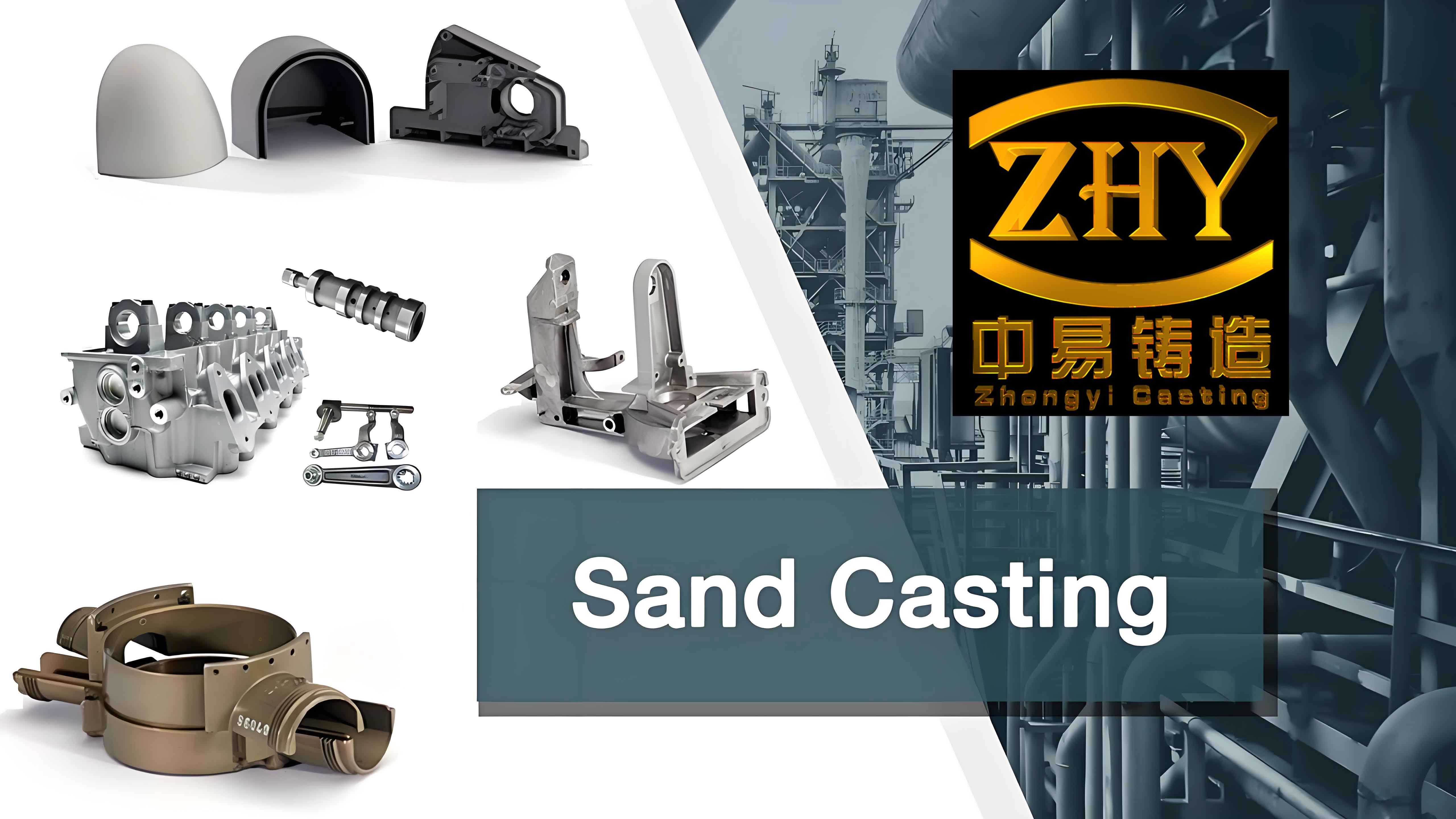As a researcher deeply engaged in the field of casting technology, I have witnessed remarkable advancements in both traditional and modern casting methodologies, particularly for large-scale components. Among these, sand casting remains a cornerstone due to its versatility, cost-effectiveness, and adaptability to complex geometries. This article synthesizes recent progress in casting processes, numerical simulation techniques, and future trends, with a focus on sand casting and its integration with computational tools.

1. Introduction
Large-scale castings are pivotal in industries such as aerospace, energy, and heavy machinery, where component integrity and performance are non-negotiable. Traditional trial-and-error approaches have given way to numerical simulation, enabling precise defect prediction and process optimization. This paradigm shift aligns with the growing demand for high-quality, defect-free castings while reducing material waste and production costs.
2. Casting Process Advancements
2.1 Sand Casting: A Timeless Technique
Sand casting dominates large-scale component manufacturing due to its flexibility and low tooling costs. Recent innovations include:
- High-Performance Molds: Advanced binders and 3D-printed sand molds enhance dimensional accuracy and surface finish.
- Material Adaptability: Successful applications extend to titanium alloys, where sand casting achieves cost-effective production of complex geometries (Fig. 1).
Case Study: A titanium pump body (Fig. 1a) produced via sand casting demonstrated compliance with ASTM B367 standards, showcasing excellent mechanical properties and minimal internal defects.
| Advantages of Sand Casting | Challenges |
|---|---|
| Low cost for large components | Limited precision for thin-walled parts |
| Flexibility in mold design | High porosity in thick sections |
| Suitable for diverse alloys | Post-casting machining often required |
2.2 Other Casting Methods
While sand casting excels in versatility, alternative methods address specific needs:
- Metal Mold Casting: Ideal for high-volume production, offering rapid cooling and fine microstructures.
- Lost Foam Casting: Eliminates mold removal steps, reducing labor costs but requiring advanced foam materials.
- Investment Casting: Delivers high precision for aerospace components but struggles with large-scale applications.
3. Numerical Simulation in Casting
3.1 Governing Equations
Numerical simulations rely on fundamental physical models. The Fourier heat conduction equation forms the basis for temperature field analysis:∂T∂t=α(∂2T∂x2+∂2T∂y2+∂2T∂z2)∂t∂T=α(∂x2∂2T+∂y2∂2T+∂z2∂2T)
where TT is temperature, tt is time, and αα is thermal diffusivity. Coupled with fluid dynamics (Navier-Stokes equations), these models predict defects like shrinkage porosity and hot tears.
3.2 Simulation Software Comparison
Commercial tools vary in algorithms and capabilities. Below is a summary of widely used software:
| Software | Country | Algorithm | Key Features |
|---|---|---|---|
| MAGMAsoft | Germany | FDM/FEM | Multi-field coupling, high accuracy |
| ProCAST | USA | FEM | Stress-strain and microstructure |
| Huazhu CAE | China | FDM | Cost-effective for sand casting |
| FT-Star | China | FDM/FEM | Optimized for shrinkage prediction |
Case Study: A ZL205A aluminum alloy housing (Fig. 3) was optimized using NovaCAST and ProCAST, reducing shrinkage defects by 40% through revised gating systems.
3.3 Multi-Physics Coupling
Modern simulations integrate temperature, flow, and stress fields. For instance, sand casting of a flywheel housing (Fig. 5) revealed that slow cooling near the sprue caused porosity. Adjusting pouring temperature and adding chills resolved this, validated by experimental trials.
4. Future Directions
4.1 Intelligent Casting
Industry 4.0 technologies—AI, IoT, and digital twins—will revolutionize sand casting:
- Predictive Analytics: Machine learning algorithms will forecast defects with ≤5% error.
- Automated Optimization: Real-time adjustments to gating design and cooling rates.
4.2 Sustainability
- Energy Efficiency: Recycling sand molds and adopting renewable energy for melting.
- Lightweight Alloys: Developing titanium- and nickel-based alloys for high-performance applications.
5. Conclusions
The fusion of traditional sand casting with advanced numerical simulation has elevated large-scale casting to unprecedented precision. However, challenges persist in high-end applications, such as ceramic core fabrication for investment casting and software limitations in multi-scale modeling. Future efforts must prioritize intelligent systems, material innovation, and eco-friendly practices to solidify the casting industry’s role in global manufacturing.
